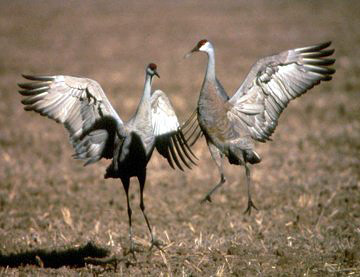- Home
- Reserve/Availability
- About Jay House
- Rates
- Photos
- Dining/Activities
- Wildlife Refuges
- Contact
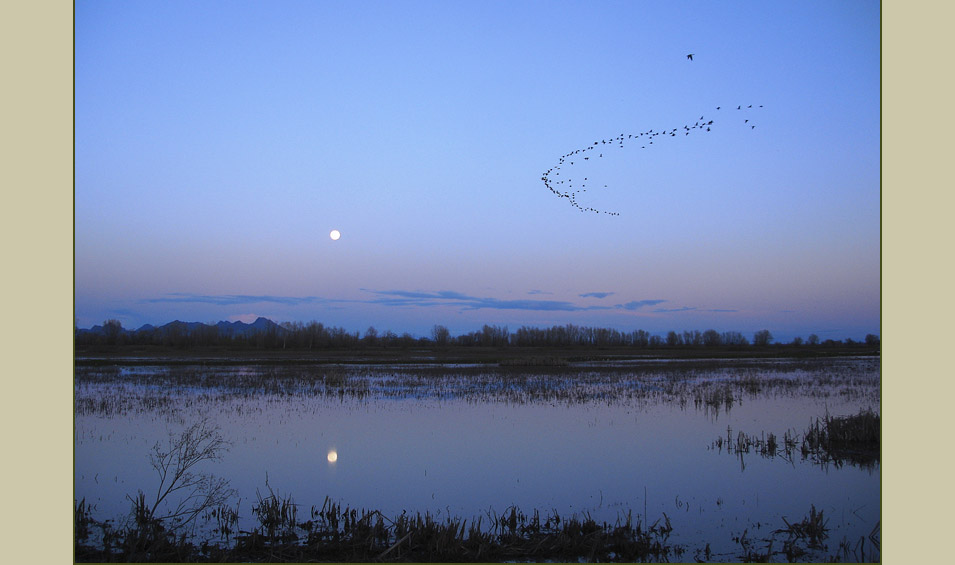

This video was filmed in the Colusa National Wildlife Refuge by videographer (and Jay House guest) Rick Bacigalupi . It gives you a good idea of the beauty that awaits you in all of the refuges in the vicinity, especially during the winter months.
Migratory birds that spend the winter in the area begin arriving in September, and peak in numbers in December- January, with many staying into early April. Early and late in the season there are often interesting sightings of birds passing through, and the weather is often better- spring in particular is beautiful in Colusa County with brilliant green fields and miles of blossoming almond orchards. But for sheer spectacle, the masses of snow geese and other species in mid-winter are hard to beat! It is not unusual for knowledgeable birders to log 100 species or more in a full day of birding, and anyone regardless of knowledge or even prior interest will be awed by the quantity and diversity of wildlife to be seen.
There are resident birds (herons, egrets, and many others) and lots of other wildlife in the refuges year-round, and the Sacramento River in particular is delightful in the summer (contact us for more information on canoeing and kayaking opportunities!) top ^
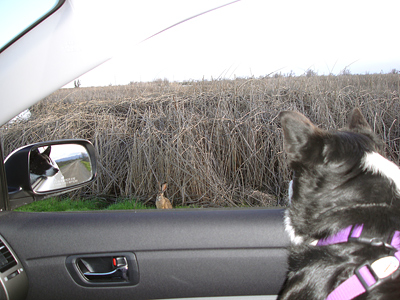 You don’t need much equipment to enjoy the refuges, but a good pair of binoculars is a must. Most of your viewing will be from your car (the auto trails through the refuges note that “your car is your blind”) but naturally you will want to dress for the weather, often cold and rainy, and wear comfortable walking shoes. If you don’t have a field guide to birds you can learn a lot at the Visitor’s Center at the Sacramento National Wildlife Refuge, and you can purchase various guide books and brochures there too.
You don’t need much equipment to enjoy the refuges, but a good pair of binoculars is a must. Most of your viewing will be from your car (the auto trails through the refuges note that “your car is your blind”) but naturally you will want to dress for the weather, often cold and rainy, and wear comfortable walking shoes. If you don’t have a field guide to birds you can learn a lot at the Visitor’s Center at the Sacramento National Wildlife Refuge, and you can purchase various guide books and brochures there too.
There aren’t any food vendors near any of the refuges, so you may want to bring a lunch- good places to eat include the viewing decks: at the entrance to the Colusa Refuge, at Llano Seco, and part way through the auto trail at the Sacramento Refuge. There are also some nice benches near the visitor center at the Sacramento Refuge. In cold wet weather we’ve enjoyed eating inside the viewing blind at Gray Lodge.
Dogs are allowed everywhere humans are in the refuges, though they must be leashed. Our border collie Montana enjoys mammal-watching more than bird-watching. top ^
The Sacramento National Wildlife Refuge Complex includes five national wildlife refuges and three wildlife management areas. This map shows the refuges in the complex, but not Gray Lodge Wildlife Area or Llano Seco Unit, which are operated by California Department of Fish and Game. This map, while not very clear, shows both state and federal refuges.
Colusa Wildlife Refuge is a few miles out of town on Hwy 20 west. Watch for the sign on the left. There’s a parking area with toilets, and from there you can walk a short trail through woods, or onto a viewing platform looking onto open water. This is a nice nearby place to see a wide variety of migratory birds. You’ll see a lot more if you do the auto tour through the refuge. Go very slowly and stop a lot to look through binoculars. Even if you’re a birding novice, you’ll soon start to recognize different species of ducks, geese, herons and egrets. You’re also likely to see various species of raptors, possibly even golden or bald eagles.top ^
Sacramento National Wildlife Refuge is about 25 miles from Jay House. You can get there without getting on the interstate by taking Hwy 45 north (that’s 13th Street) to the little town of Princeton. Turn left on Norman Rd. After a few miles you’ll start to see masses of birds in open water near the road. To get to the Visitor’s Center, go across the railroad tracks and turn right on the frontage road before the interstate. The Center is well worth a visit. It closes at 4:00. The best way to see birds is on the auto tour, but there is a very nice walking tour near the Center as well. It has a looping configuration with clearly marked “short cuts” and is smooth and level throughout. It’s a particularly nice place to walk at sunset as the geese are flying in and the owls and jackrabbits are coming out. The only down side to this walk is the sound of the interstate highway nearby. On the other hand, no hunting is allowed in this area so unlike most refuge experiences you won’t hear guns. This is the only refuge where there is a gate fee charged but it’s only $3 (or $12 for an annual pass), and well worth it.
Delevan National Wildlife Refuge is in the same direction but much closer. From Colusa, go north on Hwy 45 (also called the Colusa-Princeton Rd) approximately 5 miles to Colusa-Maxwell Rd. Turn left 4 miles to graveled Four Mile Rd. There aren’t any accommodations for bird watchers such as deck overlooks or circular auto trails, but you can drive along the roadway slowly and get out wherever it’s safe to pull off.
Gray Lodge Wildlife Area is operated by the state of California. It’s in Butte County, about 28 miles from Jay House. There are excellent accommodations for wildlife viewing there, both on a 4-mile auto tour and on walking trails. Guided walking tours leave at 10:00 on Saturdays and 1:00 on Sundays during the peak waterfowl season November- February. There are also wildlife hides at 2 ponds, one of which is wheelchair accessible, and a small museum. During the peak waterfowl season wildlife viewing is restricted to certain areas. The rest of the year the entire area including 54 miles of roadway is open to walking and bicycling. The most direct way to get there is to take Hwy 20 east to Yuba City and then 99 north to Live Oak and turn left on Pennington Rd. top ^
Sacramento River National Wildlife Refuge is a string of 27 or more properties along the Sacramento River stretching all the way from Red Bluff to Princeton. One you won’t want to miss is Llano Seco Unit where there is a wonderful viewing deck. As well as many species of ducks, this is an excellent location to see Sandhill Cranes. Take Highway 162 east from Butte City (about 6 or 7 miles) or west from Hwy 99 (about 13 miles) to Z Road. Go north on Z Road approximately 7 miles. When Z road crosses into Butte County Z Road becomes Seven Mile Lane and makes a couple of sharp bends. Watch for the viewing deck on the left.
The Colusa-Sacramento River State Recreation Area is a short walk from Jay House. You can take a trail through dense riparian forest (tall cottonwoods festooned with wild grapevine) to the river. You emerge from the woods to a spot a bend away from the town and it’s easy to imagine that you’ve gone miles away or years back in time. top ^
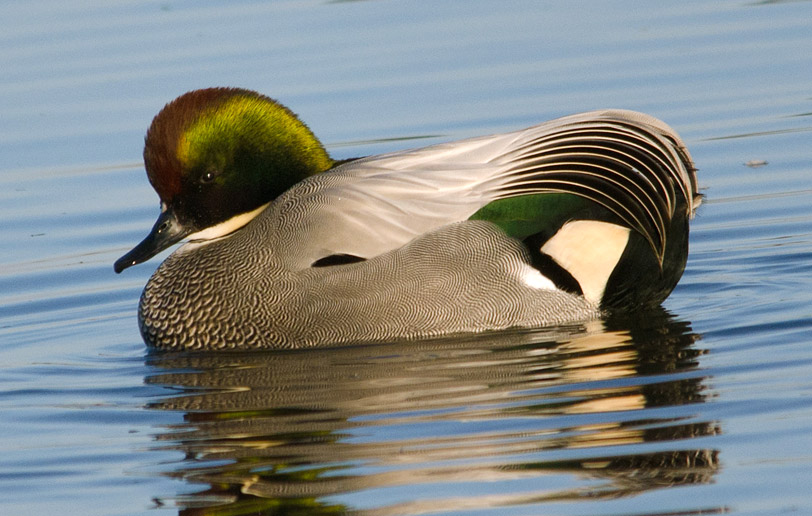
This lone Falcated Duck somehow found his way to the Colusa Wildlife Refuge in the winter of 2011-12. Common in China, seeing this duck is a once-in-a-lifetime opportunity for most North American birders, who flocked to Colusa to see it. Picture by Susie Nishio.

Bald eagle, photo by Laura White.

Deer, photo by Laura White.
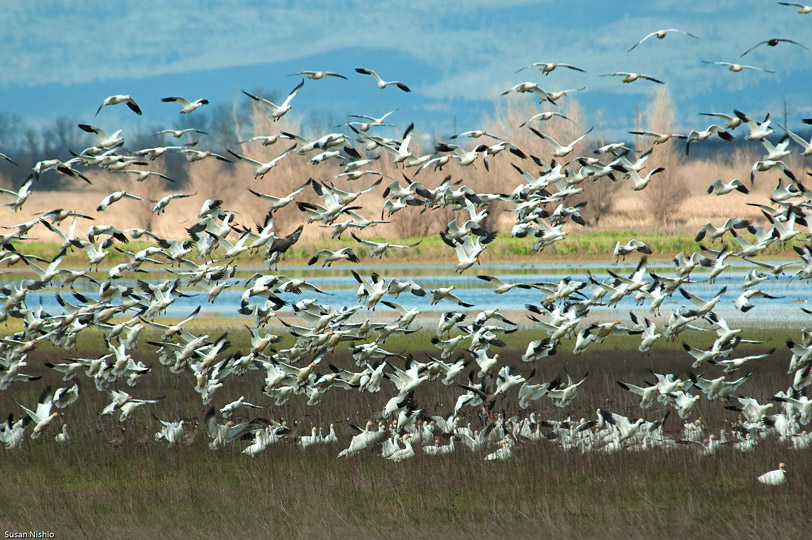
Snow geese, photo by Susie Nishio.
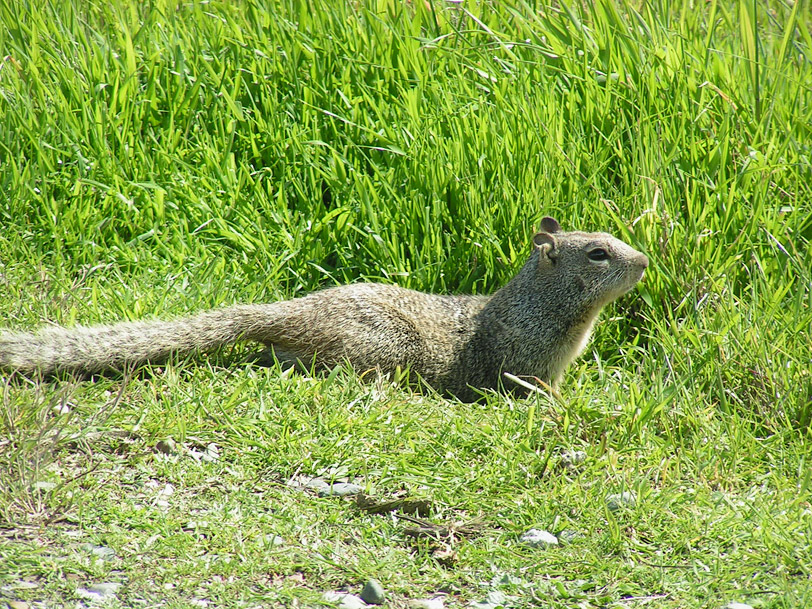
Ground squirrel, photo by Laura White.

Peregrine falcon, photo by Susie Nishio.
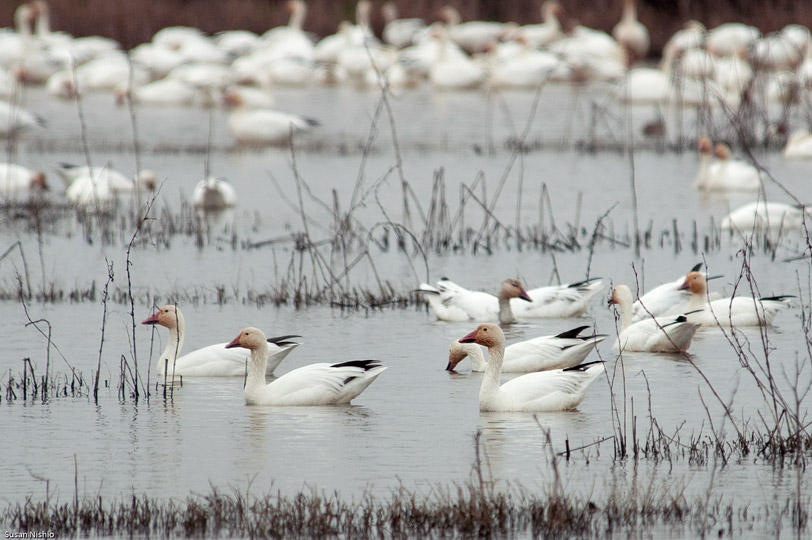
Snow geese, photo by Susie Nishio.
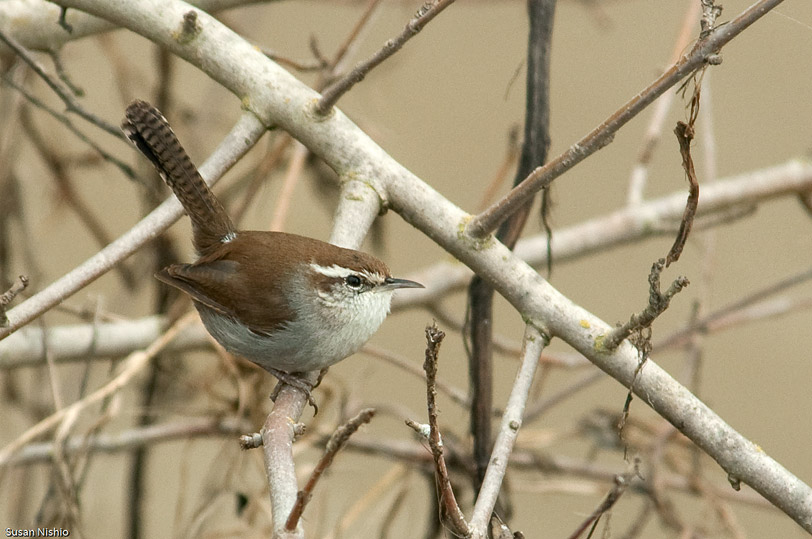
Bewicks wren, photo by Susie Nishio.
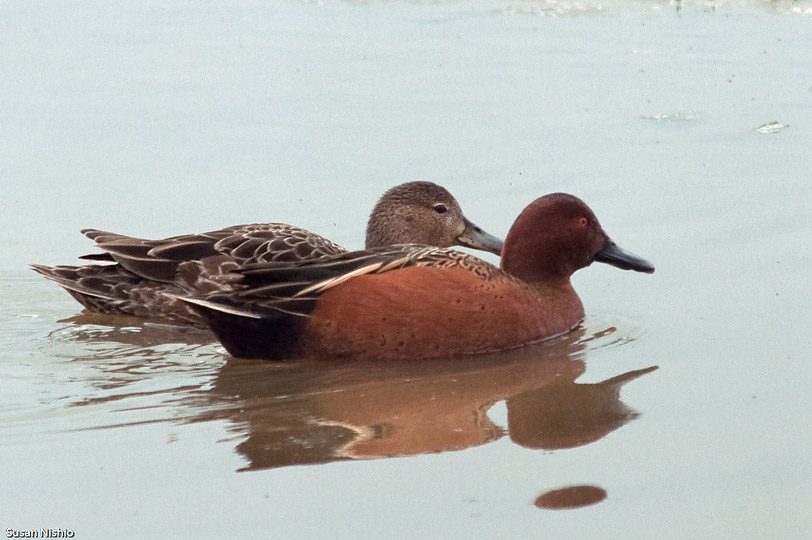
Cinnamon teals, photo by Susie Nishio.
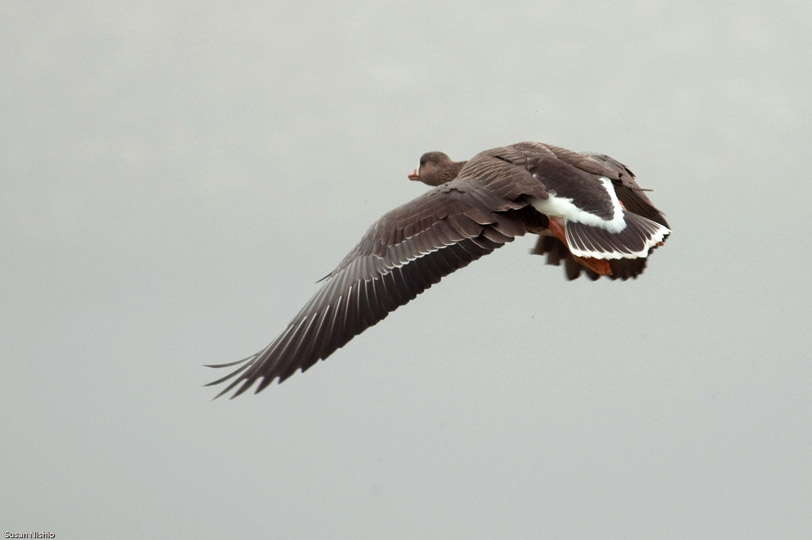
White fronted goose, photo by Susie Nishio.
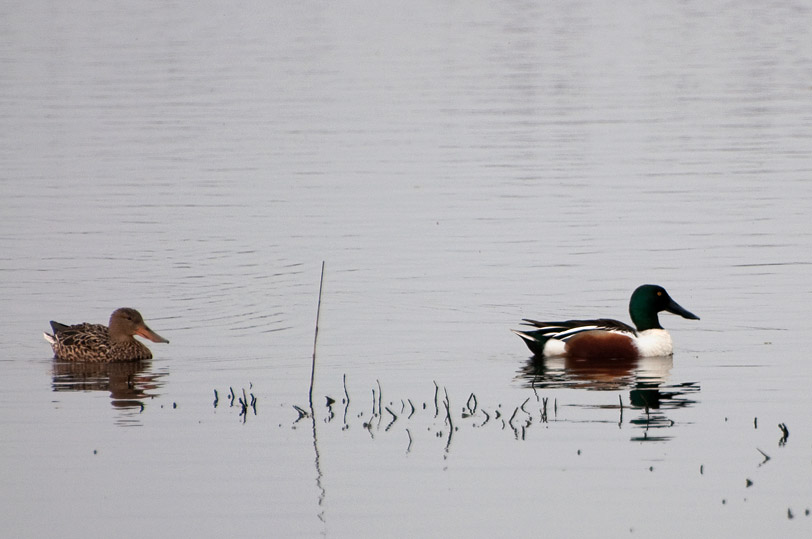
Northern shoveler pair, photo by Steve Ball.
- Home
- Reserve/Availability
- About Jay House
- Rates
- Photos
- Dining/Activities
- Wildlife Refuges
- Contact
